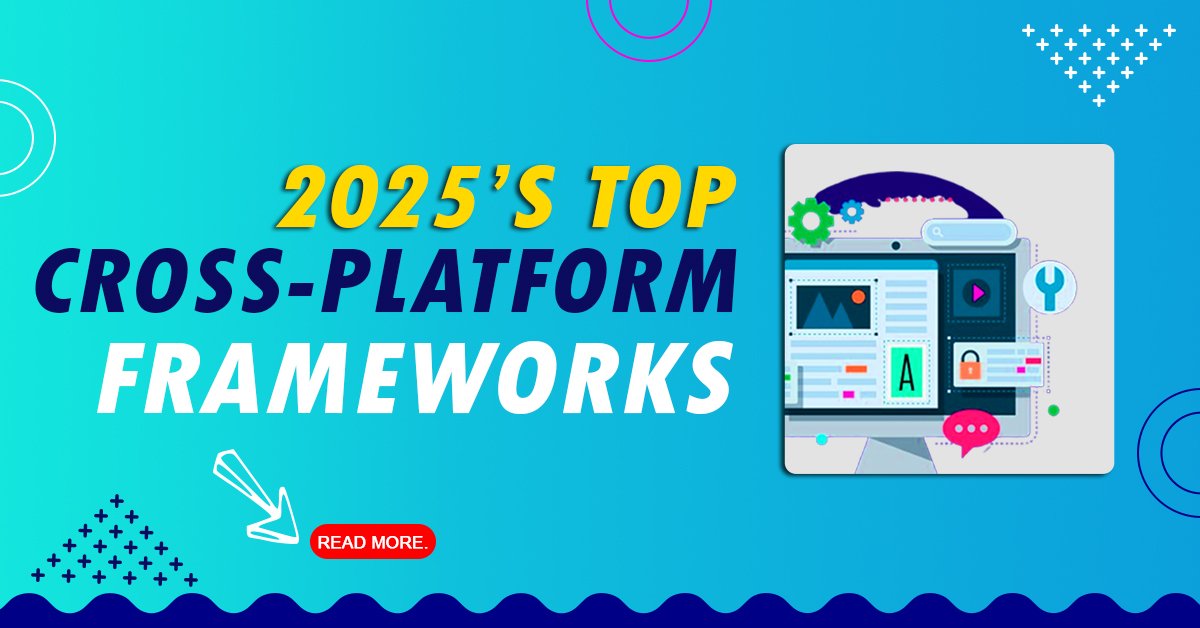Let us agree, AI terminology feels like a bunch of sci-fi terms thrown into a blender. Reflex agents, or goal-based agents-your brain just doubts the science of it.
Been there, done that.
But that’s alright; I have your back; in this guide, we will break down AI agents in a way that will not take you brainy to death. We would be doing so with some world examples thrown in with some humor and maybe a terrible analogy or two.
- 1 So the first thing-What is meant by AI Agent?
- 2 The 5 Most Prominent Types of AI Agents (and Where You Have Already Met Them)
- 3 Quick Recap (Because, Let’s Be Real, You Might’ve Skimmed)
- 4 FAQ Section – Quick Answers for Curious Minds
- 5 Becoming Fully Aware of What is Really Going On
- 6 Last Thoughts (and a Bit of a High Five!)
- 7 Let’s Build Even More Brilliant AIs!
So the first thing-What is meant by AI Agent?
Imagine you have a friend who never needed sleep or food and observed you all the time. (A little creepy, right?) But the twist is: they are not stalking you, they are assisting you.
AI agents are like this friend. They perceive the environment, make decisions, and act accordingly to reach a particular goal. AI agents are basically what we call the “mind” behind smart systems-Siri, Alexa, or that poor chatbot, which understands your frustration but cannot actually help.
Okay, so now that we have set the mood…
The 5 Most Prominent Types of AI Agents (and Where You Have Already Met Them)
So let’s just plunge into getting to know one another, shall we? Each AI agent has a distinct personality-the kind you’d find with different people around a dinner-table.

1. Simple Reflex Agents
AKA: Impulsive Reactors
No reason overthinking things when viewing something and responding. No memory, no past, and no thoughtful depth. Kinda like that one friend who yells, “Bless you!” before the sneeze even finishes.
How They Work:
They run on condition-action rules. If any condition happens, they do some action particular to that event or incident.
Real-life Example:
Thermostats—if the room goes too cold, they will heat it; if too hot, they will cool it.
Roomba vacuums—hits a wall? Turns. Full-stop. Simple.
Fun Insight:
Honestly, these are the little children: “See toy. Grasp toy.” No strategy, just vibes.
2. Model-Based Reflex Agents
ALSO KNOWN AS: Now Impulse But With Memory
These boys are still a bit better. They still react to things, but now with memories behind them. They have a mental model of the world. Fancy, huh?
How They Operate:
They run on both current perceptions and their internal state (what they have stored in memory about what they have seen before). This gives them partial intelligence: they react to new input, plus they have learned from what they saw.

Real-Life Example:
Learning vehicle – not just respond to a color of traffic lights, but recognize the whole road map, forecast others, and as such, perform their task.
Rompable Moment:
Like finding yourself in a completely different city but somehow being able to recall a shortcut you had in the previous visit. Boom-model-based thinking!
3. Goal-Based Agents
Also Known As: Overachievers
These guys actually create a plan of action in contrast with all of the others. They have planned set goals instead of reacting because now they have thought through something. For those who don’t want to do it themselves, analyze various options and choose the one that brings them closer to their goal.
How They Work:
I would describe how they are viewed as having looked at likely consequences of certain actions, then choosing what is supposed to lead him toward their goal. Like chess…with code.
Real-World Example:
Google Maps-any route trying to get you to that hip taco place as fast as possible? Definitely. Goal-based agent.
Delivery drones-fly and find the best way to reach the customer while avoiding birds, buildings, and grumpy neighbors.
Pro Insight:
They’re a step closer to how humans solve problems. Instead of doing first, they think prior to acting.
4. Agents Based on Utility
Also Known as: The Strategists
Picture a goal-based agent who has gone through a transformation. It wants to do more than just win-it wants to win right. Utility-based agents not only ask, “”Will this get me closer to my goal?”” They also ask, “”Just how good will this outcome be?“”
Stepwise-How They Work:
They assign utility scores based on preferences or rewards to different actions and select the action with the highest utility.
Real-Life Example:
- Spotify recommendation engine-An effort to put one in a certain mood with a playlist of songs predicted to keep one vibing.
- Later generations of self-driving cars-These do not merely provide transportation; rather, they aim to find the optimal solution with respect to comfort, safety, and fuel consumption.
Personal Opinion:
They’re just like good friends giving dating advice: “”Sure, he’s cute-but is he emotionally available?”” Quite utility-based.
5. Learning Agents
Also Called: The Wise Owls
These agents are the real minimum viable product. They are superstars in their fields and get better as days go by. They learn from their errors and adapt. Smart AI has booksmarts and street smarts.
What They Do:
There are four components:
- Learning element – Improves performance.
- Critic – Gives feedback.
- Performance element – Chooses actions.
- Problem generator – Tries new possibilities.
Real-Life Example:
- ChatGPT: Yes, that’s me! Adapting along the way with interactions for better responses.
- Recommendation engines (Netflix, Amazon): Learn your preferences over the years.
Nerd Moment:
That’s your entry point into the world of machine learning: AI becomes more and more human-like.
Quick Recap (Because, Let’s Be Real, You Might’ve Skimmed)
| AI Agent Type | Key Trait | Real-World Example |
| Simple Reflex | Immediate reaction | Thermostat, Roomba |
| Model-Based Reflex | With memory | Self-driving cars (basic) |
| Goal-Based | Has a destination | Google Maps, delivery drones |
| Utility-Based | Optimizes outcome | Spotify, Uber algorithms |
| Learning Agent | Learns & adapts | ChatGPT, Netflix |
FAQ Section – Quick Answers for Curious Minds
What’s the most advanced type of AI agent?
Learning agents—because they evolve, adapt, and improve over time, much like humans.
Can one AI system be a mix of multiple agent types?
Absolutely! Most real-world AI combines elements from different agent types. For example, a self-driving car might use model-based, goal-based, and utility-based reasoning—all at once.
Why should I care about AI agents anyway?
Because they’re already all around you—from smart assistants to recommendation engines. Understanding them = understanding the future.
Questions and Answers – Why Should You Care Anyway?
What is the most advancer form an agent in AI technology?
Learning agents definitely. They listen to voices, hence develop, adapt, and invent, develop,evolve, adapt, and improve over time, much like humans.
Can one AI deal with different agents concurrently?
Of course! In the majority of real-world applications, the same AI has been seen to embody various facets of these agent classes, largely. For example, a self-driving car exclusively boasts of being model-based, goal-based, and utility-based about reasoning on the go.
However, toying with questions like why do I care at all? Here’s an easy explanation: They are all around us in the forms of intelligent assistants, recommendation engines, etc. Knowing them also means getting the hang of these machines that feature into the present moment and cast at the future.
Becoming Fully Aware of What is Really Going On
Once, I built a chatbot for a client which supposedly was “supposed to learn over time.” Spoiler alert: it wasn’t. The entire thing epitomized a reactive agent with peculiar semantic sense that panicked when someone happens to say “hello” with a typo.
It was a moment of understanding the significance of knowing which type of AI agent you are working with. The AI itself decides what it can do, how it reacts, or even worst, crashes down.
Last Thoughts (and a Bit of a High Five!)
Then you could be sipping your drink under AI awe at the dinner table while casually, “Ah yes, but; was it not just a utility-based agent?” or “Another glorified reflex model Scott was building, no?“
Those are his props.
And, this makes it essential to know those agent types if you will be digging into AI development. This kind of knowledge intellectually empowers you whether your goal is to build a chatbot, a recommendation system, or the next killer app.
Let’s Build Even More Brilliant AIs!
Got curious questions? Funny stories on AI? Dote on them in the comment section below and let’s geek out together!
And if posts like these make almost robotic scary cool and really engaging, go ahead please, and hit share. Let’s spread the joy of nerdiness.
Let me know if you’d like this turned into a downloadable PDF, email series, or lead magnet! Want another post in this voice? Just say the word.







